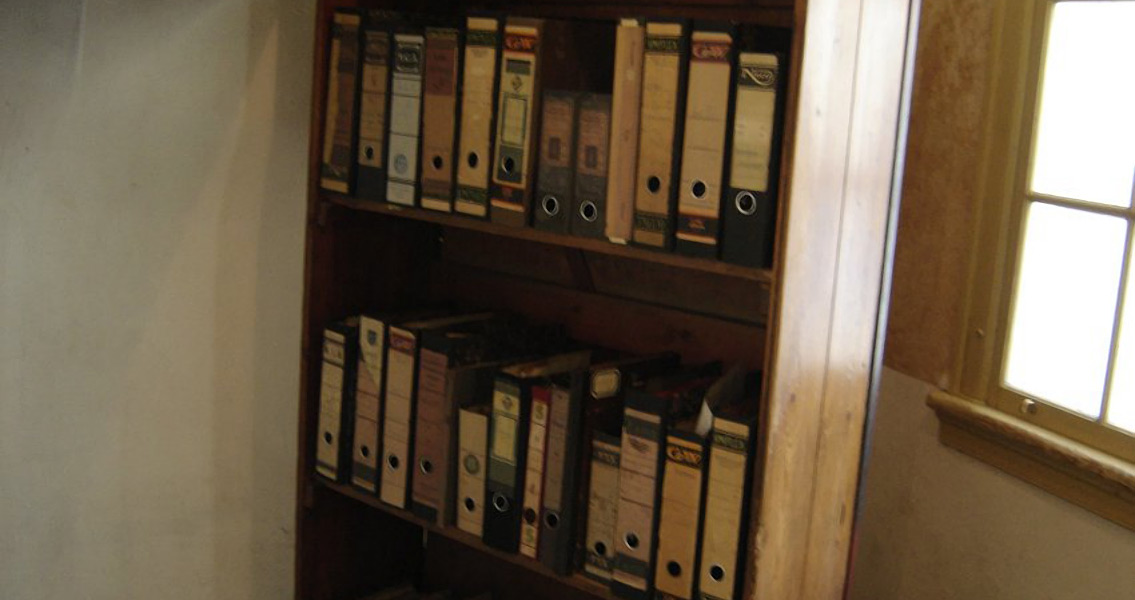<![CDATA[A new study could drastically rewrite one of the most moving stories of the Second World War, with its claim that Anne Frank and her family might not have been betrayed to Nazi authorities. Anne Frank's Diary is one of most poignant depictions of the Jewish experience in the Holocaust ever published. It covers the teenage girl's ordeal in occupied Amsterdam, the Netherlands. Anne was just thirteen years old when her and her family were forced into hiding following the Nazi invasion of the Netherlands. For over two years Anne, her sister, her parents and four other Jews took refuge in a concealed annexe hidden behind a bookcase in the building where Otto Frank, Anne's father, worked. They stayed there until August 1944, when they were arrested in a raid by the Gestapo. The family were soon separated, sent to different concentration camps around Europe. Traditional accounts claim that an anonymous call had been made to the Sicherheitsdienst (SD, German Security Service) revealing the whereabouts of the people in hiding, shortly before the raid. Only Otto survived. After the war, and the liberation of the concentration camps, he returned to Amsterdam, to the apartment block where he and his family had lived in secrecy for so long. He discovered the diary Anne had been writing, and submitted it to publishers in 1947. The Diary of A Young Girl has since been translated into over sixty different languages. The latest revelation that the family were not betrayed is likely to be a controversial one. For many years the story of the Frank family has been considered a symbol of Dutch bravery and defiance in the Second World War, but also of collaboration. Many studies have previously tried to solve the mystery of who actually reported the family. Carried out by the Anne Frank House, the new study published last Friday sought to find out what led the authorities to the hiding place of the Frank family. “The question has always been: Who betrayed Anne Frank and the others in hiding? This explicit focus on betrayal, however, limits the perspective on the arrest,” reads the five page summary of the study. As well as examining details of the arrest itself, the new study is the first to also look at Anne Frank’s Diary as a source to gain an insight into what drew the authorities to the address at Prinsengracht 263. The researchers found that there was a lot happening at the house that could have attracted the attention of Nazi authorities. “This new study reveals that there was more going on at 263 Prinsengracht than just people being hidden in the Secret Annexe. Illegal work and fraud with ration coupons was also taking place.” they write in the summary. “…it is possible that the SD searched the building because of this illegal work and fraud with ration coupons, and that the SD investigators discovered Anne Frank and the seven others in hiding simply by chance.” Two men in the building dealt illegal ration cards, and had been arrested earlier in 1944, a fact actually mentioned in Anne’s Diary. The study explains: “During their day-to-day activities, investigators from this department often came across Jews in hiding by chance.” As the authors of the study admit, their findings don’t completely refute the idea that the eight Jews hiding in the Annexe were betrayed. The study does however, show that the details of their capture are yet to be fully explained, that the popular telling of the story might be too simple. More information about the study can be found here ]]>
Anne Frank Possibly Not Betrayed but Captured by Chance
